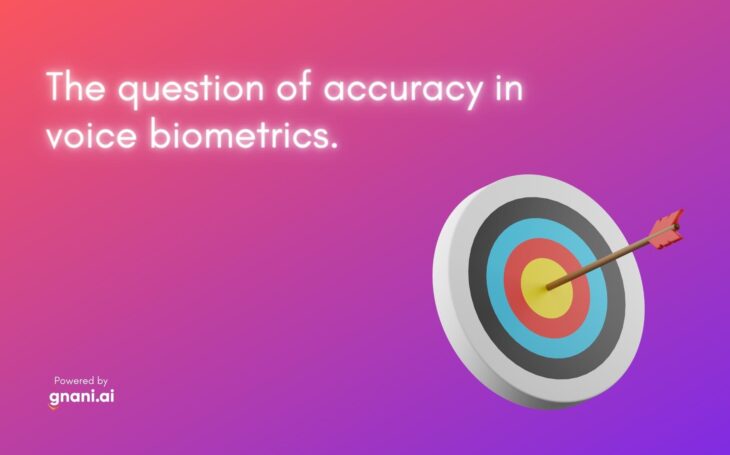
The question of accuracy in voice biometrics is a hotly debated topic. Several factors can impact the accuracy of voice biometrics, including the quality of the recording, the type of accent, and the age and gender of the speaker. While there is no one perfect solution for all situations, there are a few things that can be done to improve accuracy.
How to improve the accuracy of biometrics?
One way to improve accuracy is to use multiple recordings of the same person’s voice. This can help to average out any variations in the recordings and provide more reliable results. Another way to improve accuracy is to use a speech recognition system that is designed specifically for the language or dialect being used. This can help to reduce errors caused by mispronunciations or other linguistic quirks.
Finally, it is important to remember that voice biometrics is not an exact science. Even with the best systems, there will always be some margin of error. However, by using multiple recordings and speaker recognition systems, it is possible to get fairly accurate results in most cases.
Ways to improve the accuracy of voice biometrics:
- Use multiple recordings of the same person’s voice: This can help to average out any variations in the recordings and provide more reliable results.
- Use a speech recognition system designed specifically for the language or dialect being used: This can help to reduce errors caused by mispronunciations or other linguistic quirks.
- Make sure that the recordings are of good quality: Poorly recorded speech can introduce errors and lead to inaccurate results.
- Make sure that the speakers are of similar age and gender: Different age groups and genders can produce different types of speech, which can impact accuracy.
- Try to use recordings from different environments (e.g., indoors vs outdoors): This can help to reduce the impact of background noise on the accuracy of the results.
- Use a variety of different types of biometrics (e.g., facial recognition, fingerprints, iris scanning): This can help to improve accuracy by providing multiple points of comparison.
- Collect data over time to account for changes in the person’s voice (e.g., due to ageing): This can help to improve accuracy by providing a more complete picture of the person’s voice.
- Use error-correction algorithms to reduce false positives: This can help to improve accuracy by reducing the number of times that a false match is made.
- Conduct regular testing and calibration of the system: This can help to ensure that the system is performing at its best and identify any potential issues.
- Have a backup system in place in case of failure: This can help to ensure that there is always a way to verify a person’s identity even if the primary system fails.
Voice biometrics is a powerful tool that can be used for a variety of applications, from security to customer service. However, it is important to remember that accuracy can vary depending on a number of factors.
Factors affecting the accuracy of voice biometrics:
- Quality of recordings: Poorly recorded speech can introduce errors and lead to inaccurate results.
- Speaker characteristics: Different age groups and genders can produce different types of speech, which can impact accuracy.
- Recording environment: Background noise can reduce the accuracy of results.
- Type of biometrics used: Some biometrics are more accurate than others.
- System calibration: Regular testing and calibration of the system can help to ensure accurate results.
- Backup systems: Having a backup system in place can help to ensure that there is always a way to verify a person’s identity.
- False positives: Error-correction algorithms can help to reduce the number of false positives.
- Regular testing: Conducting regular tests can help to identify any potential issues with the system.
- Multiple recordings: Using multiple recordings of the same person’s voice can help to average out any variations and provide more reliable results.
- Language or dialect: Using a speech recognition system designed specifically for the language or dialect being used can help to reduce errors caused by mis
While accuracy is always a concern with voice biometrics, there are a number of ways to improve it. By using multiple recordings, speech recognition systems designed for the language or dialect being used, and error-correction algorithms, it is possible to get fairly accurate results in most cases. However, it is important to remember that voice biometrics is not an exact science and there will always be some margin of error.




